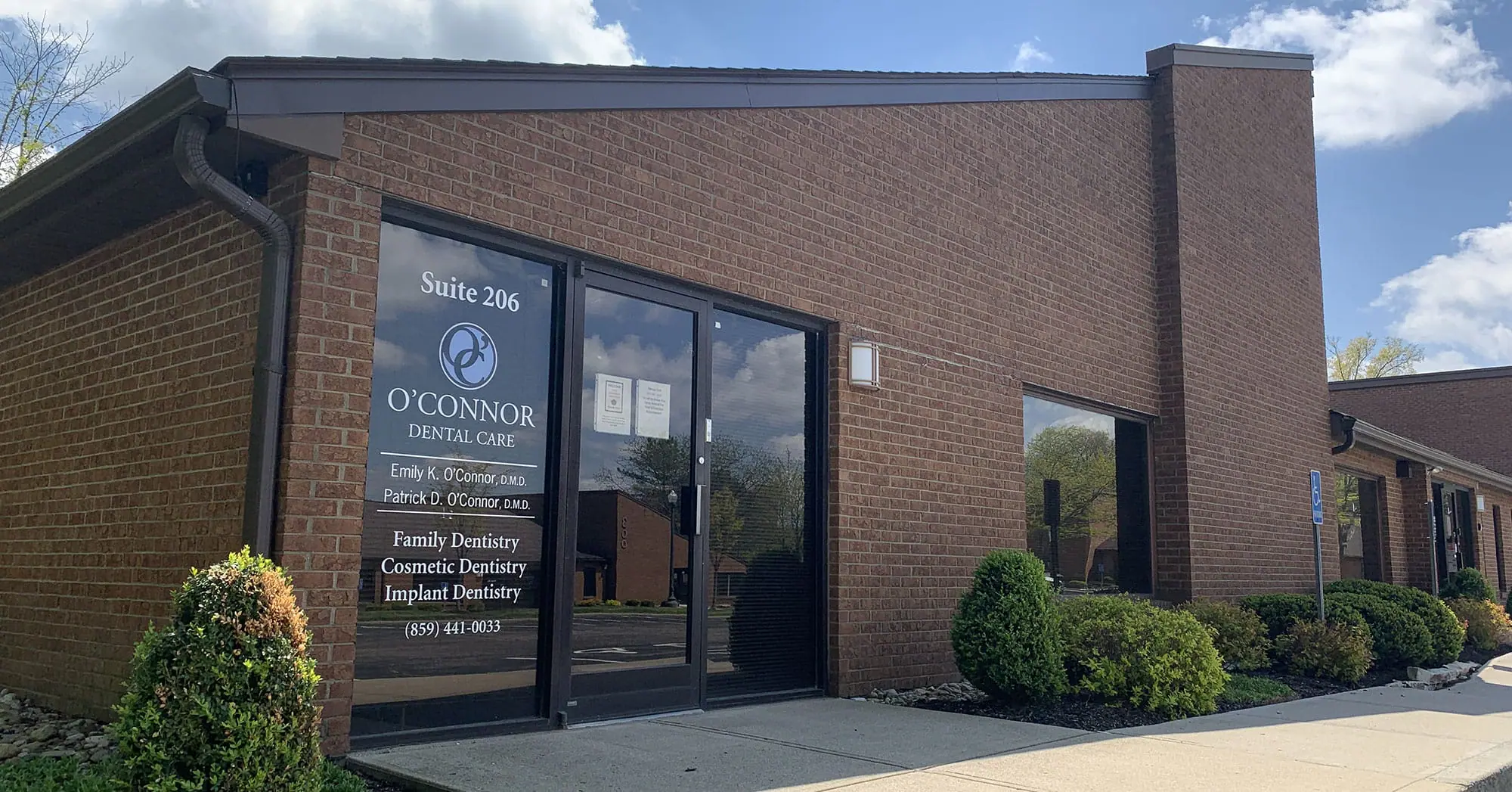
What is periodontal disease?
Periodontal disease is what happens when tooth decay spreads to the gums and connective tissue, eventually spreading to the underlying bone tissue. In periodontal disease, the teeth, gums, connective tissue, and underlying alveolar bone are affected by infection.
Symptoms of periodontal disease include frequent painful abscesses in the gums, loose teeth, pain in the gums, receding gums, bleeding gums, and may be accompanied by foul breath. There may be pockets in the gum line around the teeth, and teeth may become loose and fall out.
If left untreated, periodontal disease may advance rapidly, leading to the loss of all your teeth.
What are the causes of periodontal disease?
Periodontal disease is typically caused by poor oral hygiene, insufficient or incorrect brushing, and poor flossing habits that allow plaque—a sticky film of bacteria—to build up and harden on the teeth. In advanced stages, periodontal disease can lead to sore, bleeding gums, painful chewing, and even tooth loss.
How is periodontal disease treated?
Periodontal disease is treated using many approaches. Initially, you may receive a prescription for antibiotics to knock out the infection in your gums and bone tissue. While every patient is unique and every case of periodontal disease is different, most dentists will recommend a planing and root scaling treatment to restore the health of the roots of your teeth. You may require a bone graft if bone loss has advanced so far that you no longer have a solid foundation of bone for supporting your teeth and your teeth have begun to fall out.
What is a scaling and root planing treatment?
The first step in treating periodontal disease usually involves a special deep cleaning known as a scaling and root planing treatment. This treatment is an intensive deep cleaning treatment that is performed in quadrants so as to dedicate the maximum amount of time to each area of the mouth and let each section heal before continuing to the next one. The treatment is performed over four sessions as each session is dedicated to one quadrant of the mouth.
The scaling and planing treatment removes plaque and tartar deposits from tooth and root surfaces below the gum line. This procedure helps to fight the underlying infection in the gum and bone tissue assists the healing of gum tissue and causes periodontal pockets to shrink. A scaling and root planing treatment is sometimes referred to as a “periodontal cleaning” or “deep cleaning.”
Can periodontal disease be cured?
Yes. Periodontal disease is easily treatable, and if caught in time, maybe totally eliminated in most cases. Preventive dental care includes daily brushing and flossing, avoiding sugary foods, and a regimen of regular dental checkups with professional cleanings at least twice yearly. In the more advanced stages of periodontal disease, the gums and bone tissue may become seriously damaged and tooth loss may occur. However, the disease may still be reversed, bone grafts may be performed to replace lost bone tissue, and implants may be inserted to replace lost teeth.





